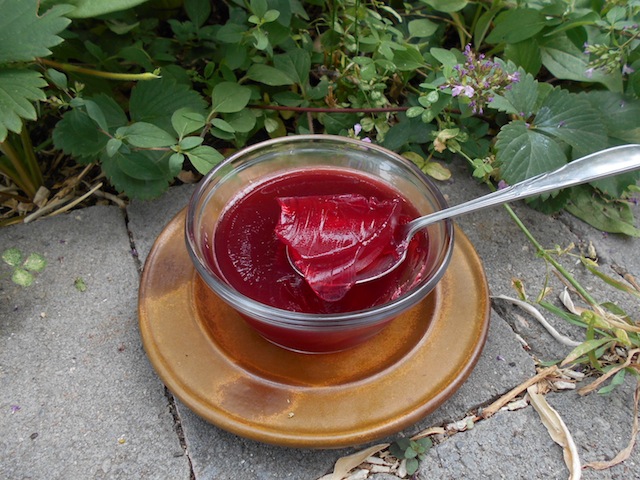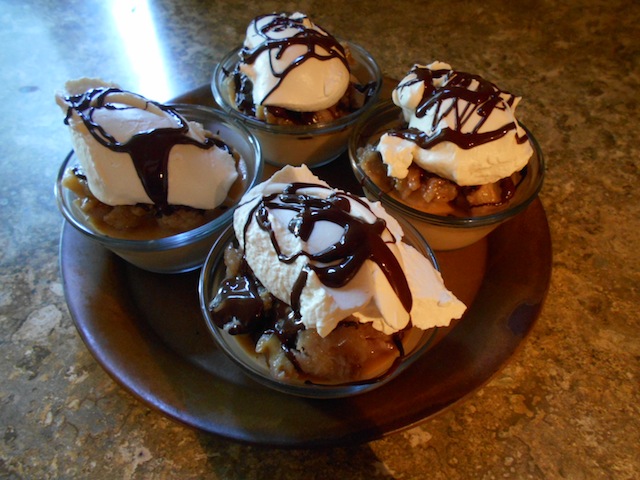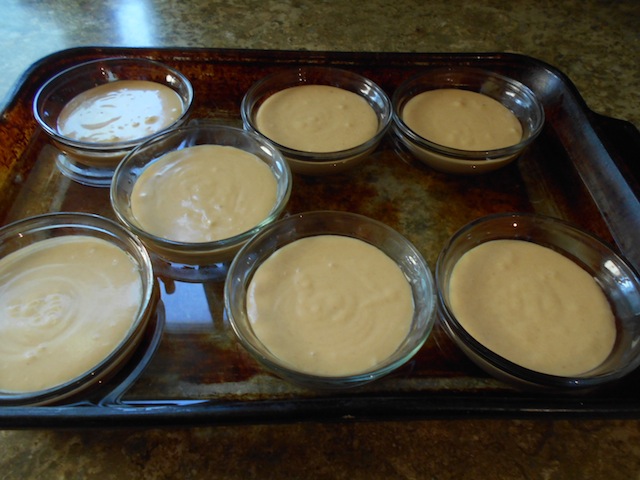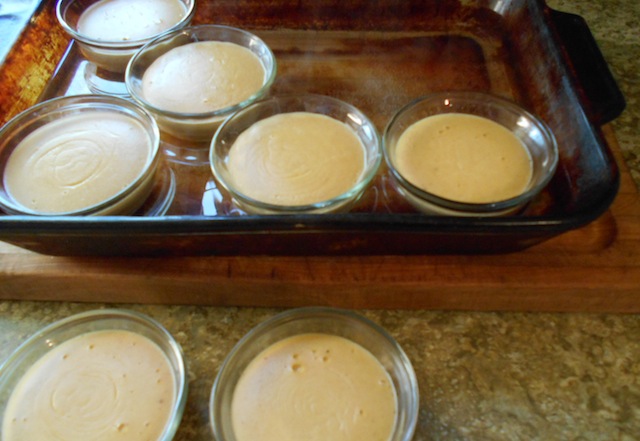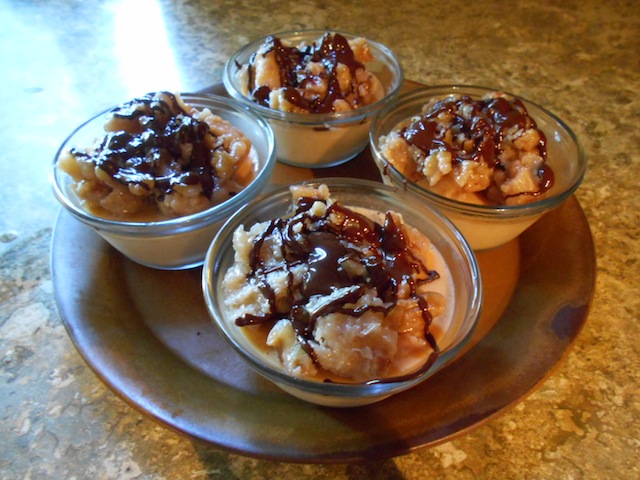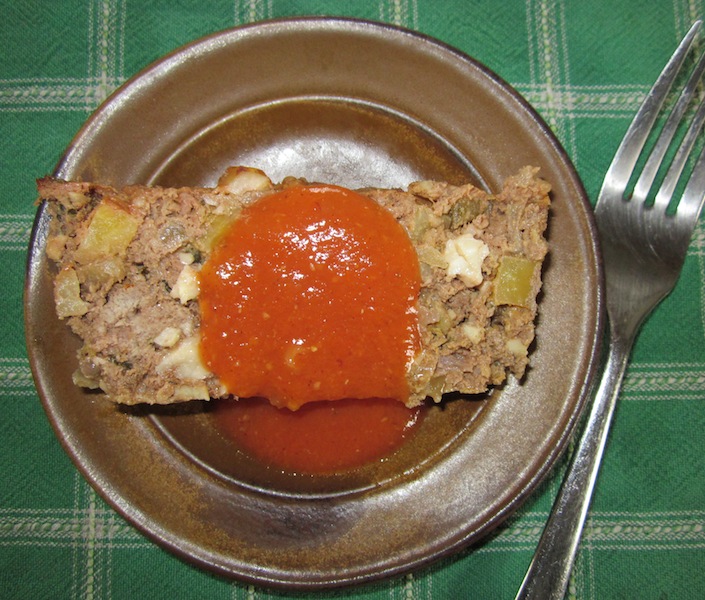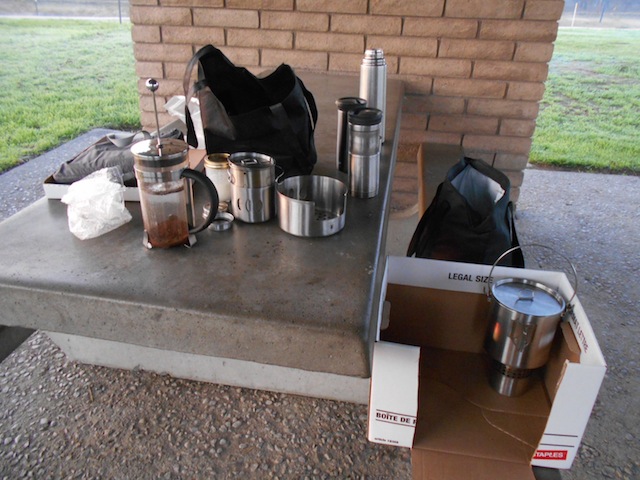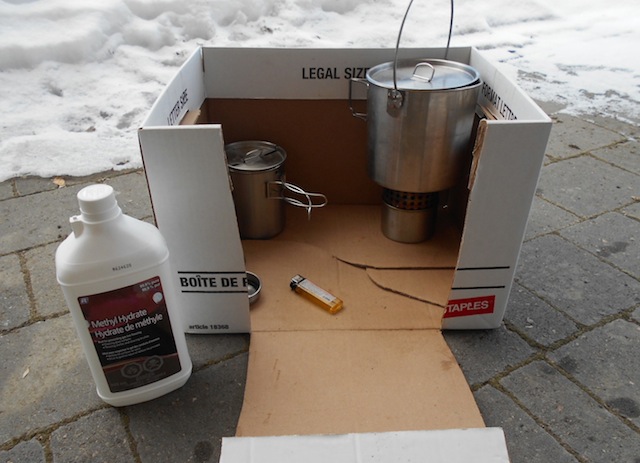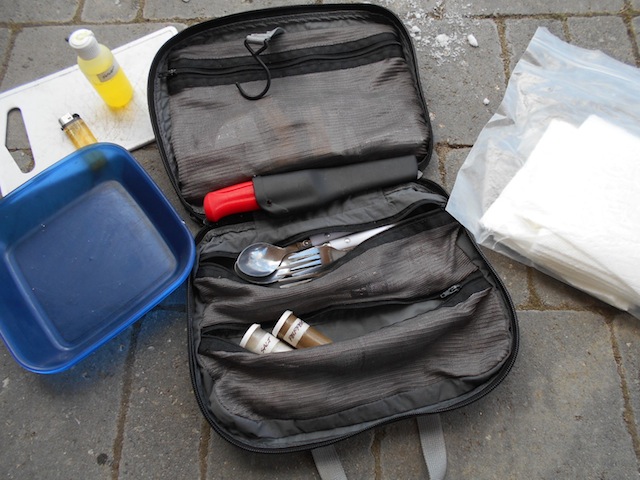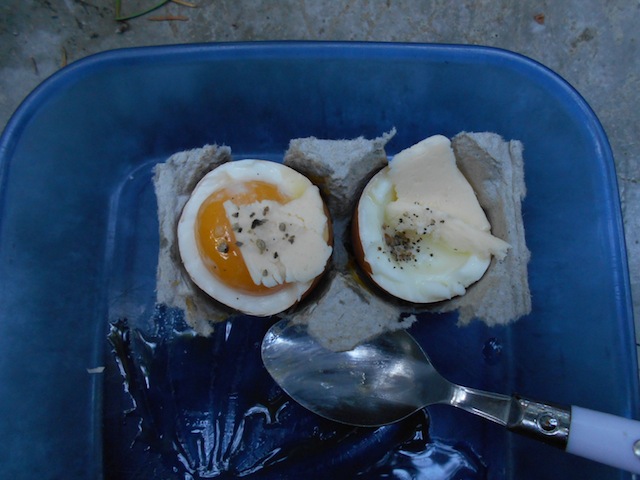
Head Cheese is easy to make and tastes wonderful with raw cheese or kimchi!
This recipe is safe for someone on the Specific Carbohydrate Diet or GAPS.
Head Cheese is easy to make but does require some time. Plan for one day to unfreeze the head, one night to brine the head and one day to cook and process.
Brine Solution
3/4c kosher salt
1/4c local honey
1/4c Himalayan pink salt
1-2 gallons filtered water
After the pig’s head has completely unfrozen, wash carefully and shave off any excessive hair. Soak the head in cold water for two hours. Mix up the brine solution. Use a small amount of boiling water to melt the honey and dissolve the salts. After two hours soaking in cold water, wash the head again and place the head in the brine solution. Add one to two gallons (or a bit more) of cold water to cover the head. Use a heavy plate to weigh down the head below the level of the brine solution. Leave the head in the brine solution for at least 8 hours or overnight. Remove the head and wash again. Discard the brine solution after use.
Broth
4 medium organic onions
2 organic celery ends
6-8 organic garlic cloves
1 bottle dry red wine
1 bunch garden parsley
1T organic thyme
2tsp organic black peppercorns
8 organic bay leaves
1tsp organic cloves
sea salt, to taste
1T Great Lakes Gelatin
2c warm broth
2T organic peppercorns, cracked (optional)
In a very large stock pot place the brined head with the vegetables, spices and wine. Add enough water to cover the head. Bring to a boil and reduce to a simmer for about four hours or until the jaw bone falls off. Remove the head and let cool. Carefully strain the broth and discard the spent vegetables and spices. Skim the broth of fat, if necessary. Add some sea salt to taste. Add one tablespoon of gelatin to some cold water and let sit for at least five minutes before addling to two cups of broth. This will ensure a firm jelly.
When the meat has cooled remove all the skin, fat, connective tissue and bones. (These remains make good pet food so freeze in appropriate portion sizes for your pet.) Coarsely cut or pull the meat into pieces. Place the meat into a terrine or glass baking tray. Press the meat down firmly before pouring on the broth. Reheat the broth if necessary to pour over the meat. Pour enough broth to cover the meat. Refrigerate overnight. After the gelatin has partly set up, add the optional cracked peppercorns to the top.

Give Piggy 24 hours to unfreeze before you start processing.
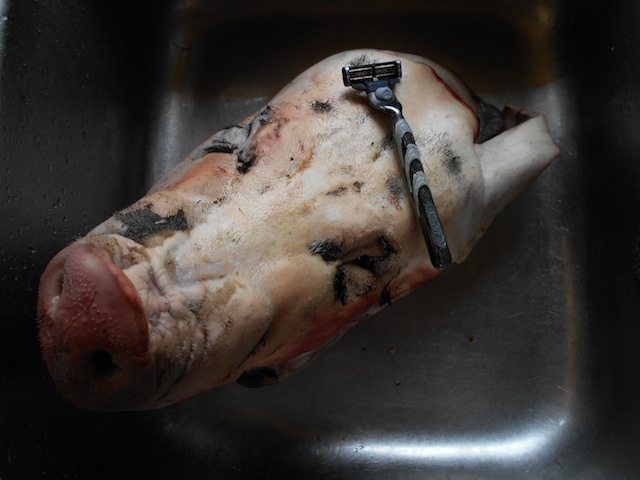
Piggy needed a good wash and a shave! Soak Piggy in some cold water for 2 hours, then wash again.
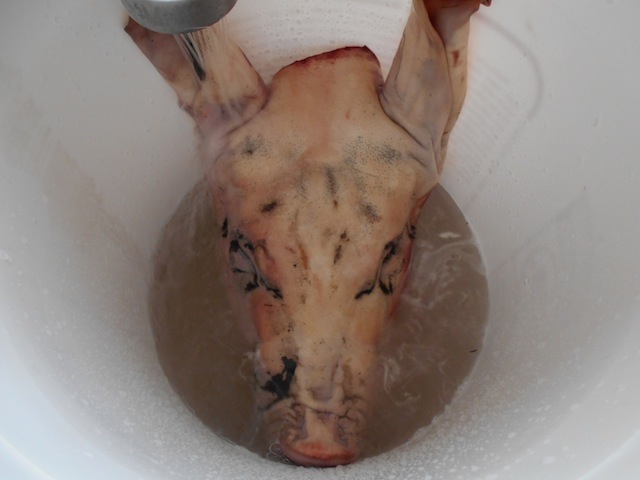
Put Piggy into a food grade, 5 gallon pail with the brine solution.
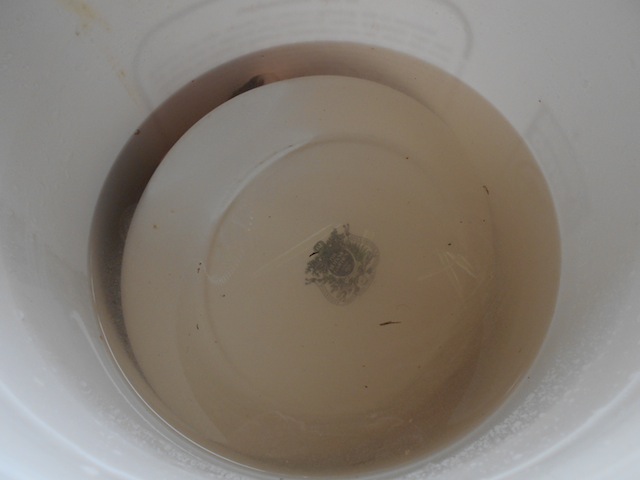
Place a plate on Piggy to keep him under the brine solution. Leave Piggy in the brine solution for at least 8 hours or overnight.

My husband got the portable cooker ready for use. We don’t like cooking in the house during the summer months. This helps keep the house cool without air-conditioning.
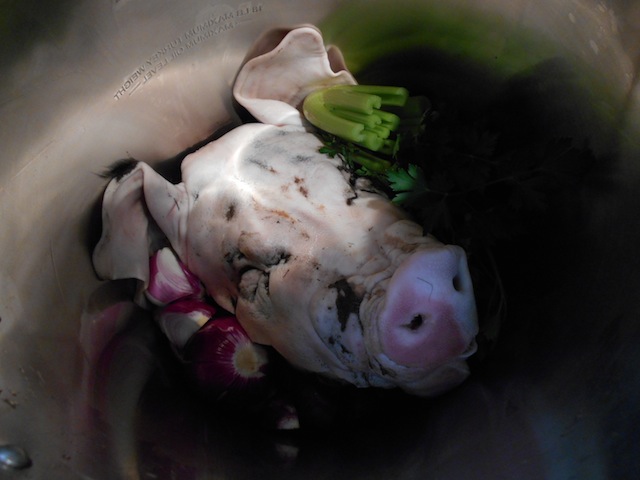
Piggy got a long rinse before being put in a very large pot with some vegetables, spices and red wine. Use just enough water to cover Piggy.
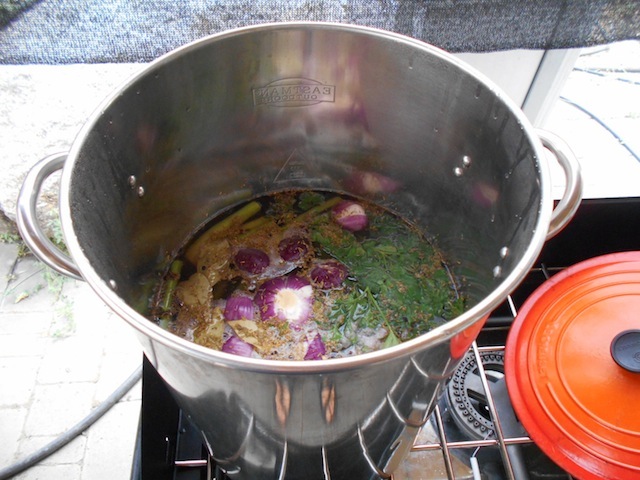
I prefer to use a very heavy lid for long simmering.

This is what the stock looks like just before the boiling point. Piggy needs to cook for about four hours or until his jaw falls off.

This isn’t a proper stock pot with a heavy bottom for long simmering. This pot was designed for deep frying turkeys. We use it for processing chickens for freezer camp. The bottom of the pot is very thin and I was concerned the meat might get scorched. I found a case iron crepe pan to work as protection for the bottom of the pot.
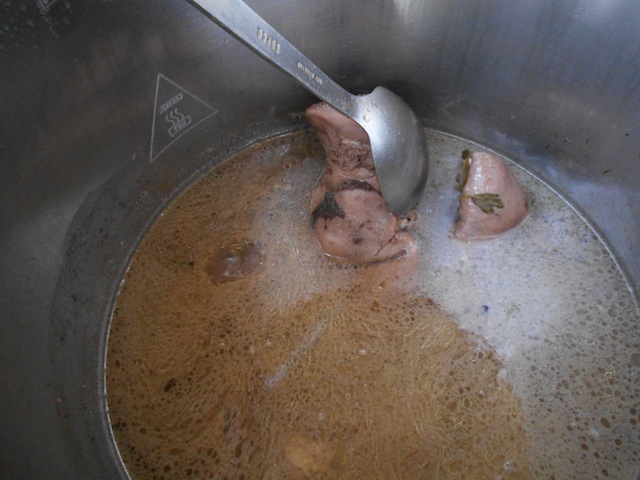
Piggy’s jaw didn’t fall off after four hours of cooking so I gave an extra hour. Piggy gave about 2 gallons of broth. I’m thinking the broth will make wonderful French Onion Soup and Wild Mushroom Soup.

I cleaned the skin, fat, connective tissue and bone from the meat. I had enough meat for one bread pan. (Piggy’s cheeks had already been removed.) These discarded parts got portioned and put in the freezer for our warehouse cat. She will have many meals from Piggy’s remains.
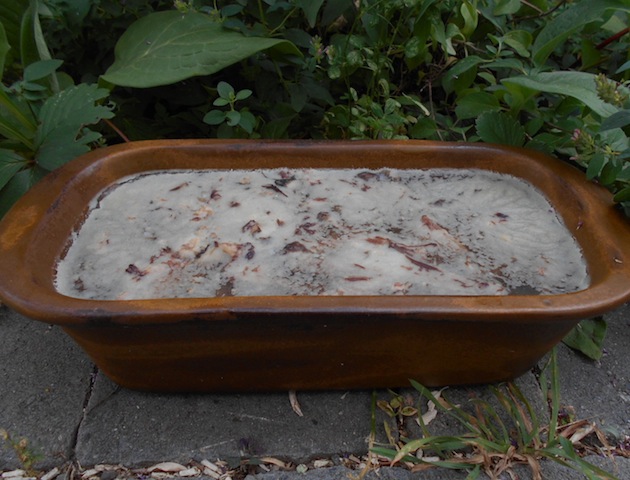
In the morning, the head cheese was ready! Next time I’ll add cracked peppercorns for the top!

